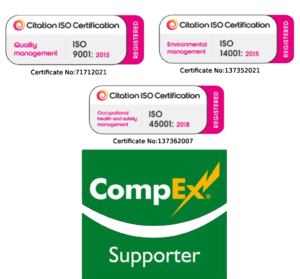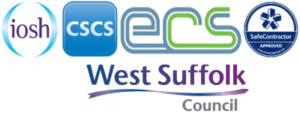
The safety of machinery is an important factor that must be considered when buying, using, designing, installing, maintaining, upgrading or disposing of a piece of equipment. Looking after the safety of those who operate machinery is of utmost importance to Lark when taking on a project and ensures that employers comply with the Provision and Use of Work Equipment Regulations (PUWER 98).
Lark are able to design and/or modify control systems to meet the requirements of European machine safety standards. Circuits can be designed to meet the criteria of a given PL in accordance with (EN ISO 13849-1) or SIL (IEC EN 62061) in conjunction with other standards including BS EN 60204-1 regarding safe practices for the design and manufacture of electrical control panels.
We can specify and supply a large range of input detection devices including: Emergency Stop Devices, Two-Hand Controls, Gate Switches, Light Curtains and Trapped Key Interlocks (including perimeter guarding). These are interfaced with logic solvers such as: Safety Monitoring Relays, Programmable Safety Relays or Safety Programmable Logic Controllers (Safety PLCs). Typical output devices that require inhibition are those that control electrical and pneumatic elements, such as: Contactors, Inverter Safe Torque Off (STO) Functions and Pneumatic Solenoid Valves.
The architecture of all safety systems are carefully designed to ensure that the probability of dangerous failures per hour (PFHD) does not exceed that of the required PL or SIL. Factors such as Common Cause Failure (CCF) and Diagnostic Coverage (DC) of equipment are considered in both the design and validation stages.
All safety systems are validated in accordance with the relevant standards, being either EN ISO 13849-2 where a PL is implemented and IEC EN 62061 for SIL based systems. Validation of a PL is achieved using the internationally approved safety evaluation tool, SISTEMA.
All stages from conception and design through to manufacture, installation and validation are fully tested and documented.
Contact us for more information on how we can assist with ensuring that your equipment & machinery is operationally safe.



